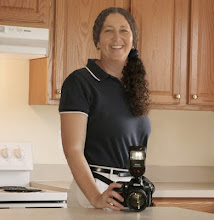Checking those Corners
Everyone likes the photos to reflect the actual floor space available in a room. The best way to make sure that happens is to do a "corner check."
Does the photographer have easy access to at least two opposing corners in each room to be shot? What features of the house will the photographer see from those viewpoints?
Imagine the photographer standing in the corner, composing the photo. Are there any large objects within two to three feet of the photographer which might partially block their view of the room? (dresser bureaus, large floor plants, stereo equipment, bookcases, etc).
Sometimes large pieces of furniture cannot be moved, such as a dining room china cabinet! But moving smaller piece, plants and other accessories can allow for the photographer to capture as much visible space as possible. Definitely attractive to the potential buyer!
Does the photographer have easy access to at least two opposing corners in each room to be shot? What features of the house will the photographer see from those viewpoints?
Imagine the photographer standing in the corner, composing the photo. Are there any large objects within two to three feet of the photographer which might partially block their view of the room? (dresser bureaus, large floor plants, stereo equipment, bookcases, etc).
Sometimes large pieces of furniture cannot be moved, such as a dining room china cabinet! But moving smaller piece, plants and other accessories can allow for the photographer to capture as much visible space as possible. Definitely attractive to the potential buyer!






